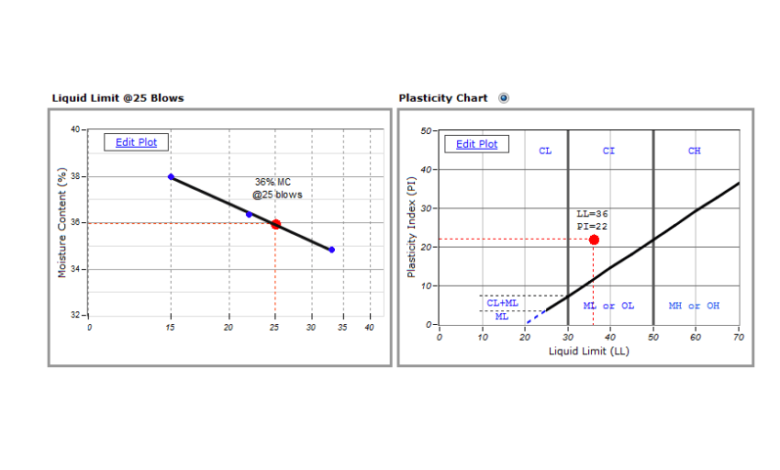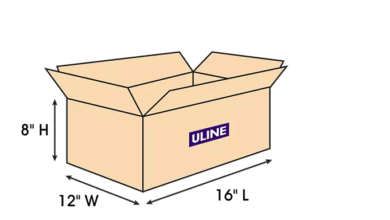Unveiling the Vital Role of Atterberg Limits in Geotechnical Investigations

Geotechnical investigations serve as the cornerstone of any construction project, offering crucial insights into soil properties and behavior. Among the myriad factors influencing soil mechanics, Atterberg limits stand out as fundamental indicators of soil consistency and plasticity. Named after Swedish scientist Albert Atterberg, these limits delineate the boundaries between various states of soil moisture, guiding engineers in making informed decisions regarding site suitability, foundation design, and construction methodologies.
Understanding Atterberg Limits:
Atterberg limits encompass three primary thresholds: the liquid limit (LL), plastic limit (PL), and shrinkage limit (SL). Each limit delineates distinct phases of soil behavior, providing invaluable information regarding its plasticity, liquidity, and volumetric changes. The liquid limit signifies the moisture content at which soil transitions from a plastic to a liquid state, while the plastic limit denotes the moisture content where the soil ceases to exhibit plastic behavior. Additionally, the shrinkage limit marks the moisture content below which further drying causes minimal volume change.
Significance in Geotechnical Investigations:
The determination of Atterberg limits holds immense significance in geotechnical investigations due to its implications across various engineering disciplines. By gauging soil plasticity and liquidity, engineers can ascertain its suitability for construction projects, assess potential hazards such as landslides or settlement, and optimize design parameters for stability and performance. Moreover, Atterberg limits serve as critical parameters in soil classification systems, aiding in standardized characterization and comparison of soil types.
Methodologies for Atterberg Limits Testing:
Several standardized methods exist for determining Atterberg limits, with the most common being the Casagrande method for liquid limit and the ASTM D4318 standard for plastic limit. These methodologies involve meticulous laboratory testing procedures, including soil sample preparation, moisture content determination, and empirical analysis to ascertain the precise limits. Advanced techniques such as the fall cone test and the use of automated equipment have further streamlined Atterberg limits testing, enhancing accuracy and efficiency.
Real-World Applications and Case Studies:
The practical applications of Atterberg limits extend across a myriad of geotechnical endeavors, ranging from foundation engineering to slope stability analysis. In the context of foundation design, knowledge of soil plasticity aids engineers in selecting appropriate construction techniques and mitigating settlement risks. Case studies showcasing the utilization of Atterberg limits in diverse geological settings underscore its versatility and reliability in predicting soil behavior and informing engineering decisions.
Read also: The Art of Denim Care: Tips for Making Your Jeans Last Longer
FAQs:
- What are the key differences between liquid limit and plastic limit?
- The liquid limit denotes the moisture content at which soil transitions from a plastic to a liquid state, while the plastic limit signifies the moisture content at which the soil ceases to exhibit plastic behavior.
- How do Atterberg limits influence slope stability analysis?
- Atterberg limits provide insights into soil cohesion and shear strength, crucial parameters in assessing slope stability and mitigating risks of landslides or slope failures.
- Can Atterberg limits testing be performed in the field?
- While field tests exist for approximating Atterberg limits, such as the pocket penetrometer method, laboratory testing is preferred for its precision and reliability.
Conclusion:
In conclusion, the role of Atterberg limits in geotechnical investigations cannot be overstated. From assessing soil suitability to optimizing construction methodologies, Atterberg limits serve as indispensable tools for engineers and geologists alike. By understanding the nuances of soil behavior delineated by these limits, informed decisions can be made to ensure the safety, stability, and longevity of infrastructure projects. As a leading provider of certifiedmtp.com and laboratory supplies, Certified Material Testing Products remains committed to supporting the geotechnical community in their endeavors, offering high-quality products and expert guidance for comprehensive soil analysis and engineering solutions.





